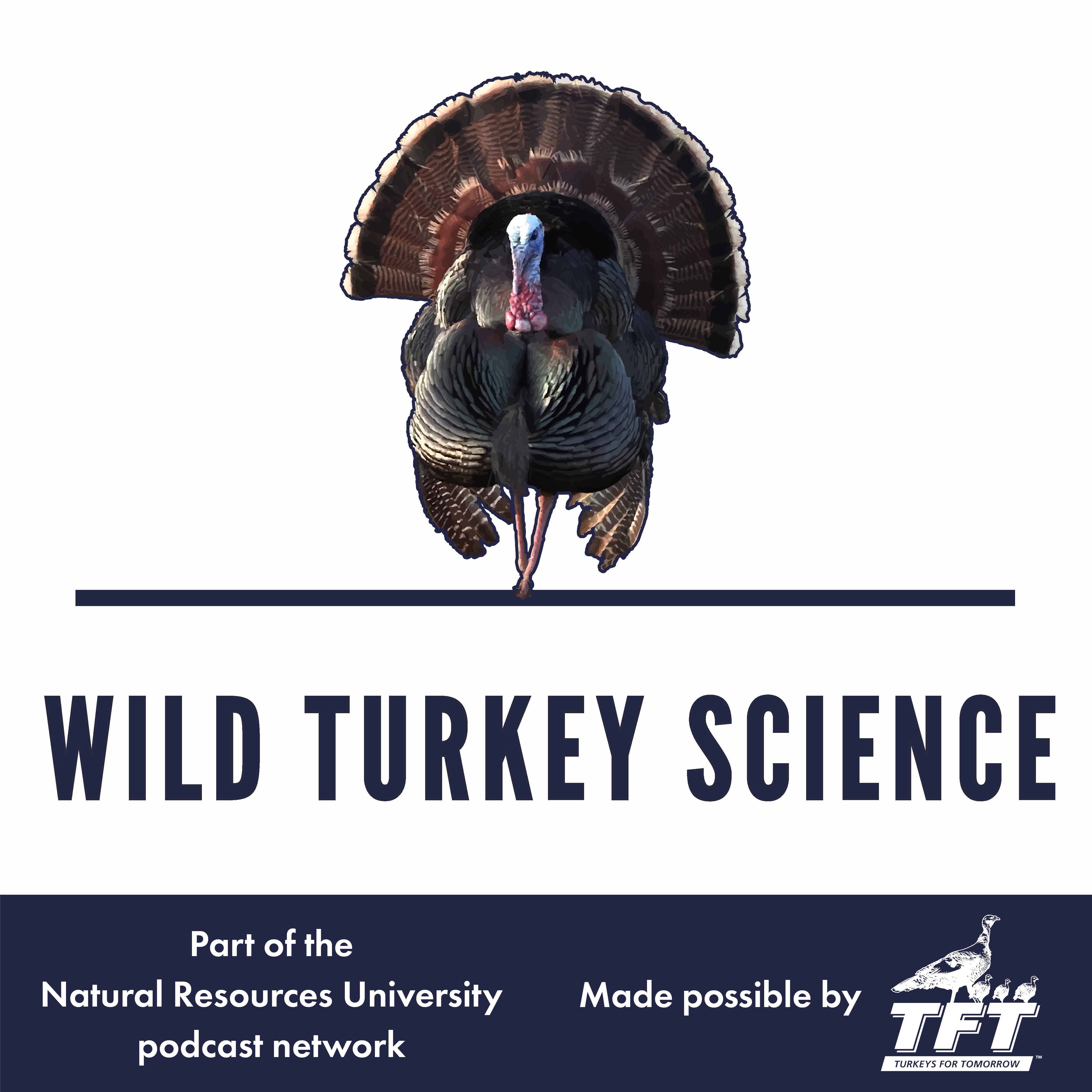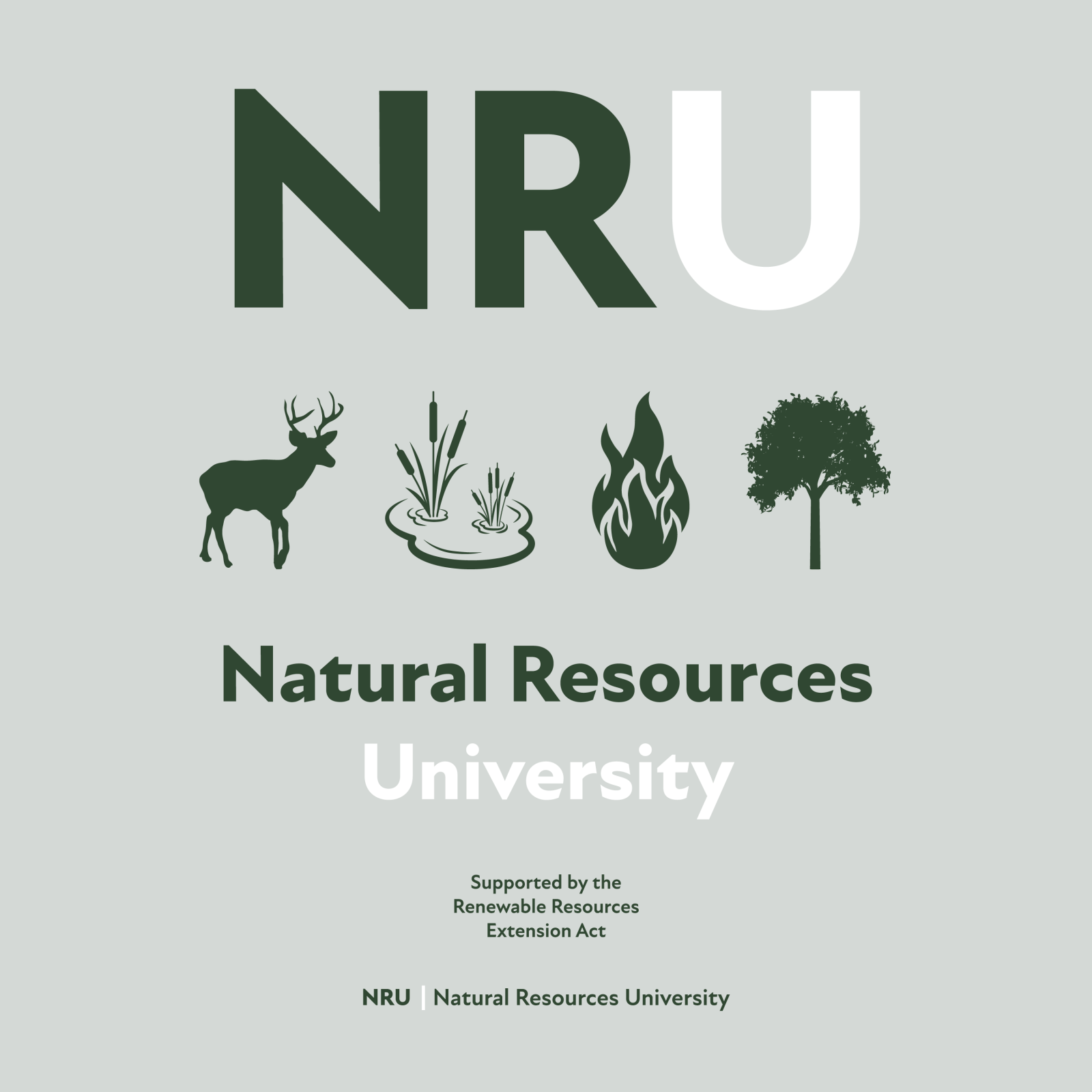Marcus and Will pull from the literature to assess various management strategies across fire, silviculture, herbicide, and more, that can help turn your hardwoods into turkeys. Part 2 of this episode releases next Monday.
Resources:
-
Bogdziewicz, M., Crone, E. E., Steele, M. A., & Zwolak, R. (2017). Effects of nitrogen deposition on reproduction in a masting tree: benefits of higher seed production are trumped by negative biotic interactions. Journal of Ecology, 105(2), 310-320.
-
Dey, D. C., & Schweitzer, C. J. (2018). A review on the dynamics of prescribed fire, tree mortality, and injury in managing oak natural communities to minimize economic loss in North America. Forests, 9(8), 461.
-
FOOD PLOTS, FEED OR FIRE: THE REAL COSTS PER POUND OF DEER FORAGE
-
Lashley, M. A., McCord, J. M., Greenberg, C. H., & Harper, C. A. (2009). Masting characteristics of white oaks: Implications for management. In Proceedings of the Annual Conference Southeast Association Fish and Wildlife Agencies (Vol. 63, pp. 21-26).
-
Lashley, M. A., Harper, C. A., Bates, G. E., & Keyser, P. D. (2011). Forage availability for white‐tailed deer following silvicultural treatments in hardwood forests. The Journal of Wildlife Management, 75(6), 1467-1476.
-
Mann, D. P., Wiedenbeck, J. K., Dey, D. C., & Saunders, M. R. (2020). Evaluating economic impacts of prescribed fire in the Central Hardwood Region. Journal of Forestry, 118(3), 275-288.
-
Marschall, J. M., Guyette, R. P., Stambaugh, M. C., & Stevenson, A. P. (2014). Fire damage effects on red oak timber product value. Forest Ecology and Management, 320, 182-189.
-
McDaniel, J. K., Alexander, H. D., Siegert, C. M., & Lashley, M. A. (2021). Shifting tree species composition of upland oak forests alters leaf litter structure, moisture, and flammability. Forest ecology and Management, 482, 118860.
-
Stanis, S., Wiedenbeck, J., & Saunders, M. R. (2019). Effect of prescribed fire on timber volume and grade in the Hoosier National Forest. Forest Science, 65(6), 714-724.
-
Turner, M. A., Gulsby, W. D., Harper, C. A., & Ditchkoff, S. S. (2020). Improving Coastal Plain Hardwoods for Deer and Turkeys with Canopy Reduction and Fire. Wildlife Society Bulletin, 44(4), 705-712.
-
Turner, M. A., Gulsby, W. D., & Harper, C. A. (2021). Mixture of triclopyr and imazapyr more effective than triclopyr alone for hardwood forest stand improvement. Forest Science, 67(1), 43-48.
-
Wiedenbeck, J. K., & Schuler, T. M. (2014). Effects of prescribed fire on the wood quality and marketability of four hardwood species in the central Appalachian region. In In: Groninger, John W.; Holzmueller, Eric J.; Nielsen, Clayton K.; Dey, Daniel C., eds. Proceedings, 19th Central Hardwood Forest Conference; 2014 March 10-12; Carbondale, IL. General Technical Report NRS-P-142. Newtown Square, PA: US Department of Agriculture, Forest Service, Northern Research Station: 202-212. (pp. 202-212).
-
Wolgast, L. J., & Stout, B. B. (1977). Effects of age, stand density, and fertilizer application on bear oak reproduction. The Journal of Wildlife Management, 685-691.
Dr. Marcus Lashley (@DrDisturbance) (Academic Profile)
Dr. Will Gulsby (@dr_will_gulsby) (Academic Profile)
Turkeys for Tomorrow (@turkeysfortomorrow)
UF DEER Lab (@ufdeerlab) (YouTube)
Watch these podcasts on YouTube: Wild Turkey Science YouTube
Donate to wild turkey research: UF Turkey Donation Fund , Auburn Turkey Donation Fund
This podcast is made possible by Turkeys for Tomorrow, a grassroots organization dedicated to the wild turkey. To learn more about TFT, go to turkeysfortomorrow.org.
Help us help turkeys by rating this podcast and sharing it with your friends and family.
Music by Artlist.io
Produced & edited by Charlotte Nowak

